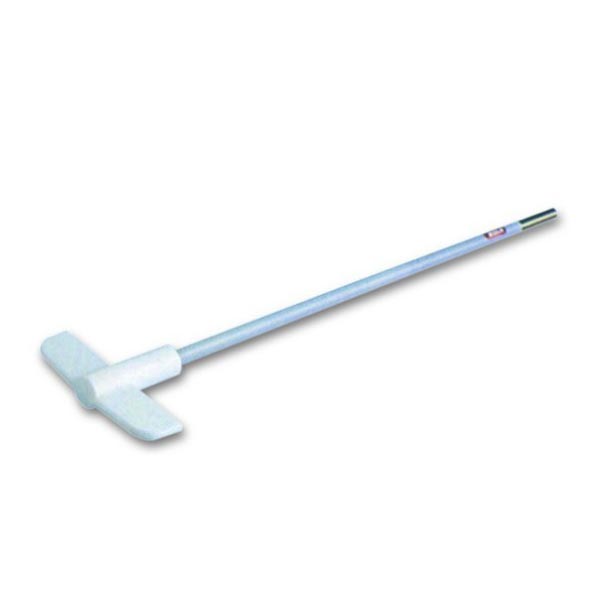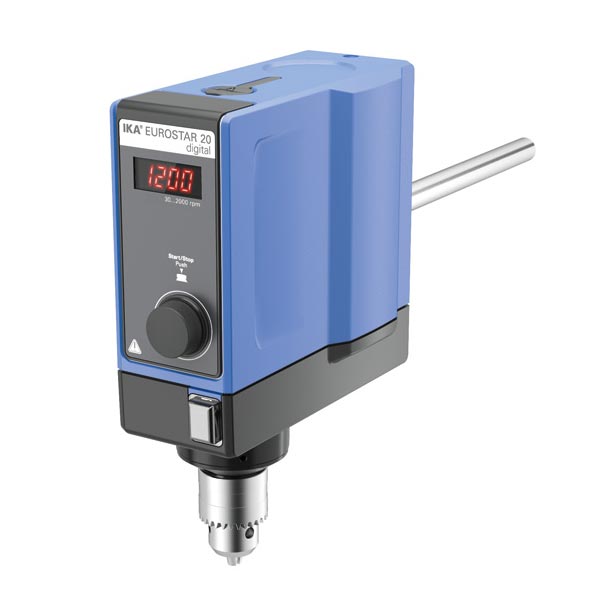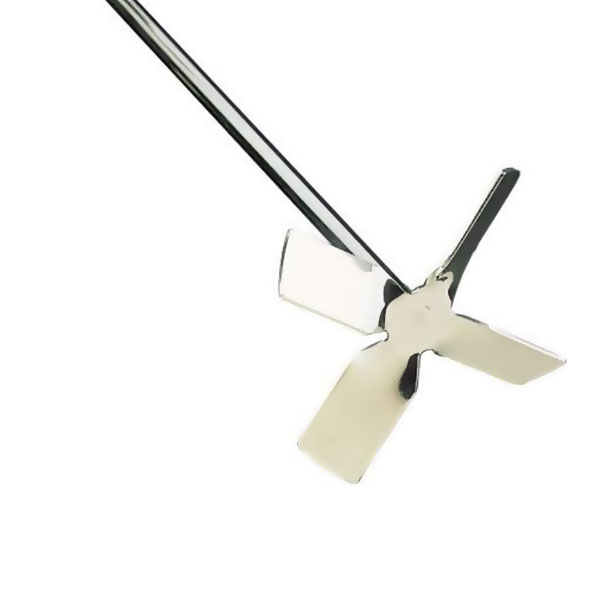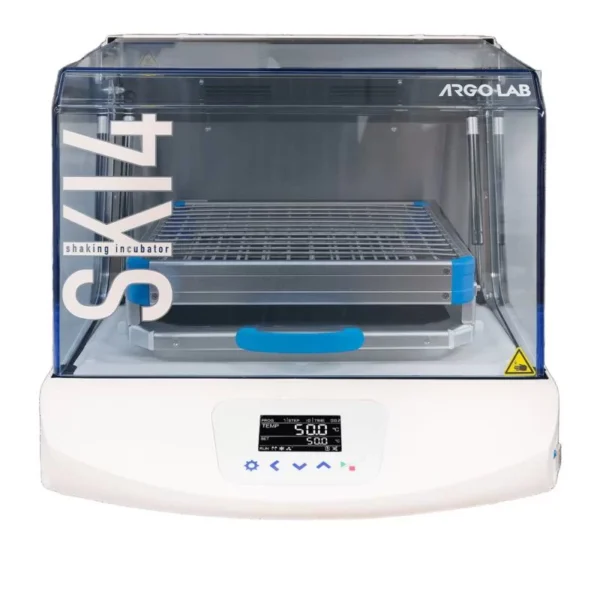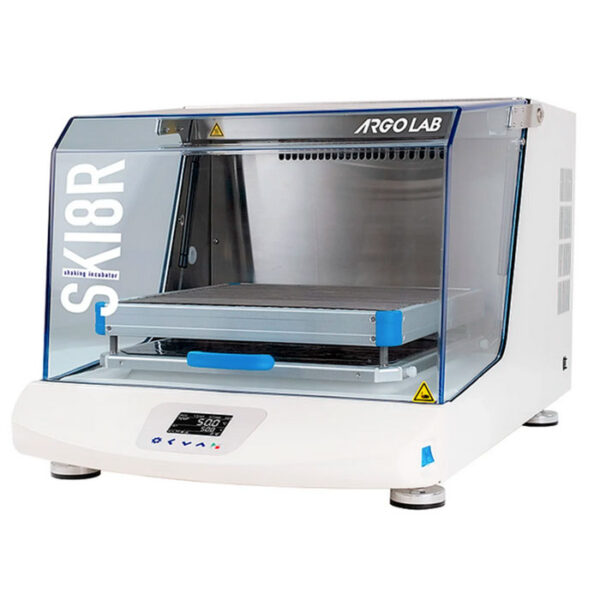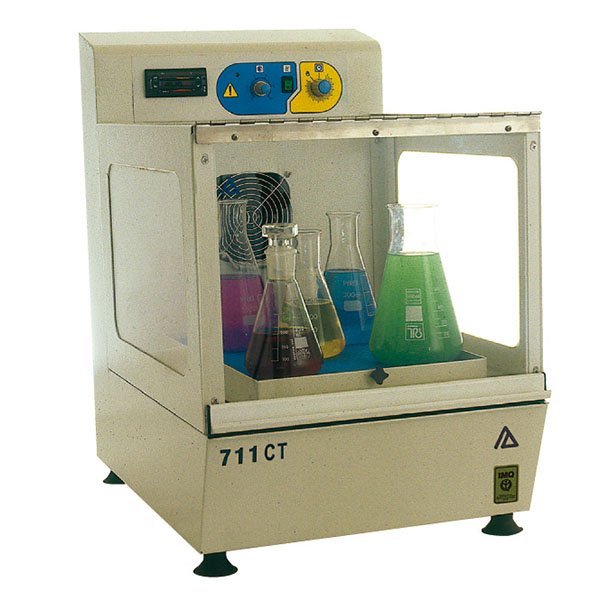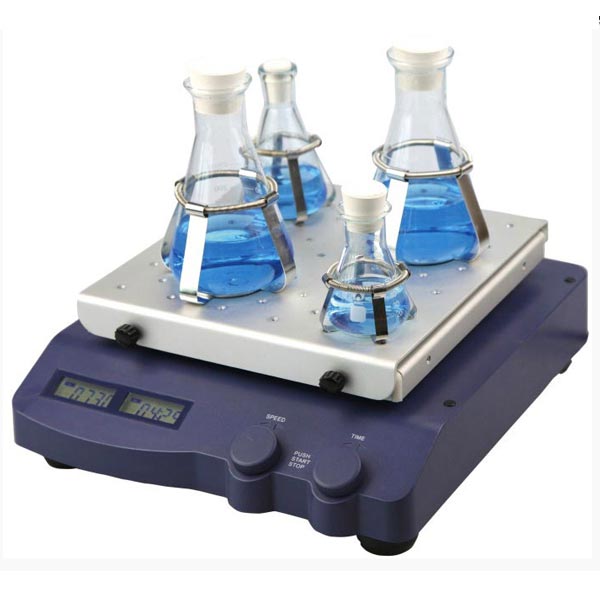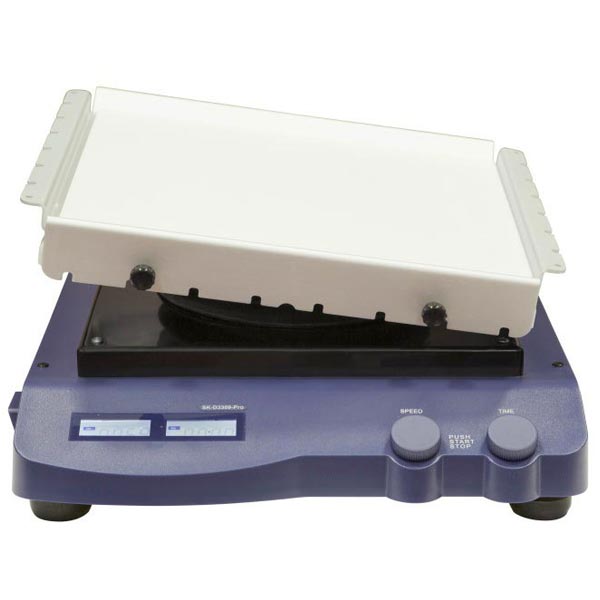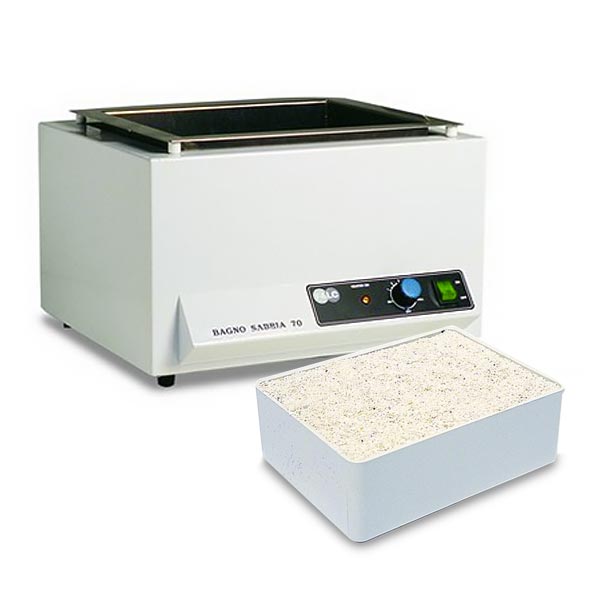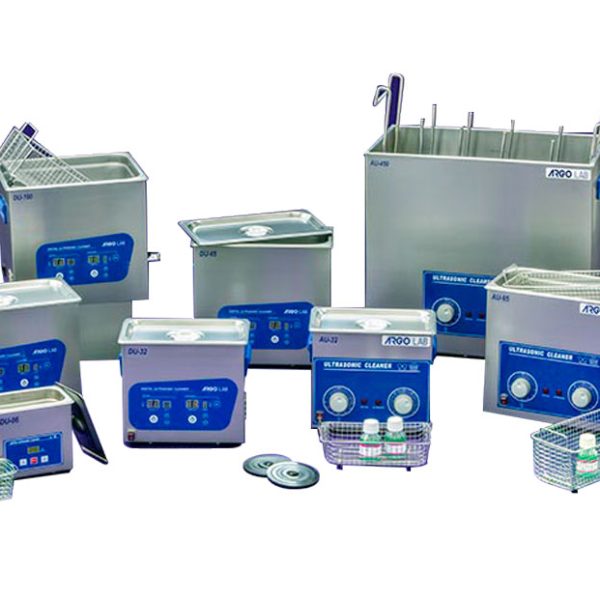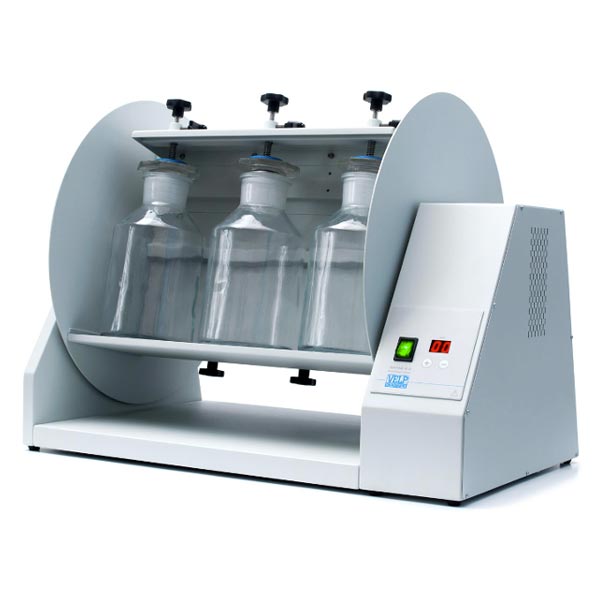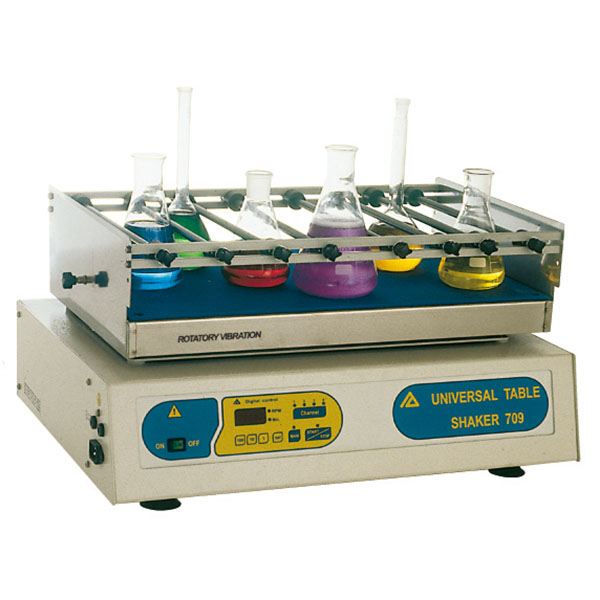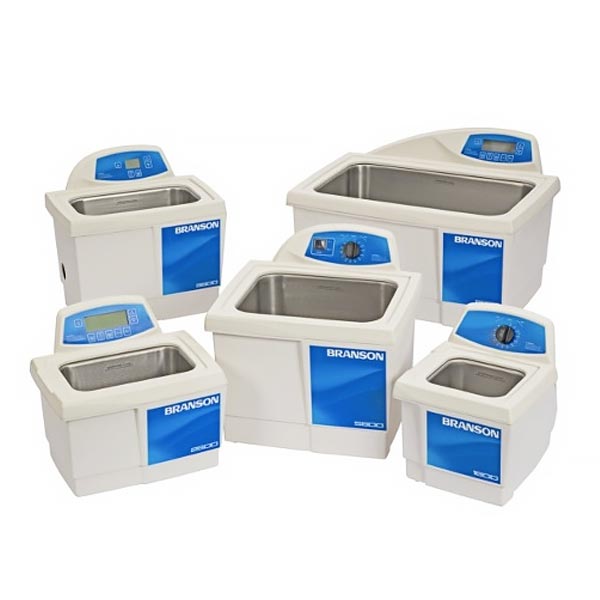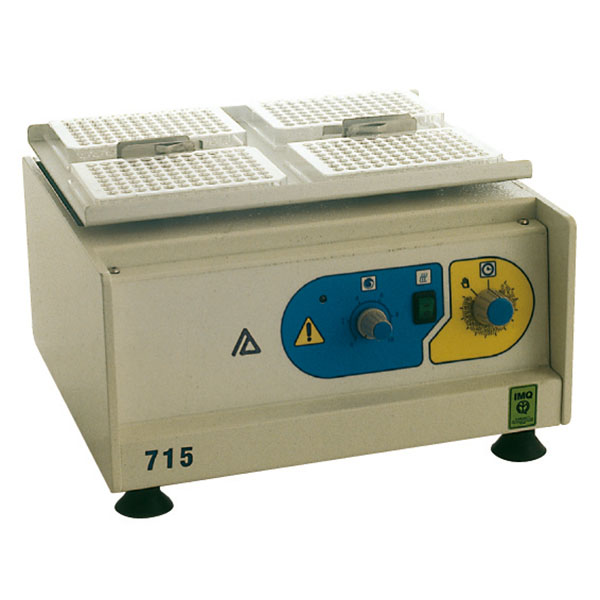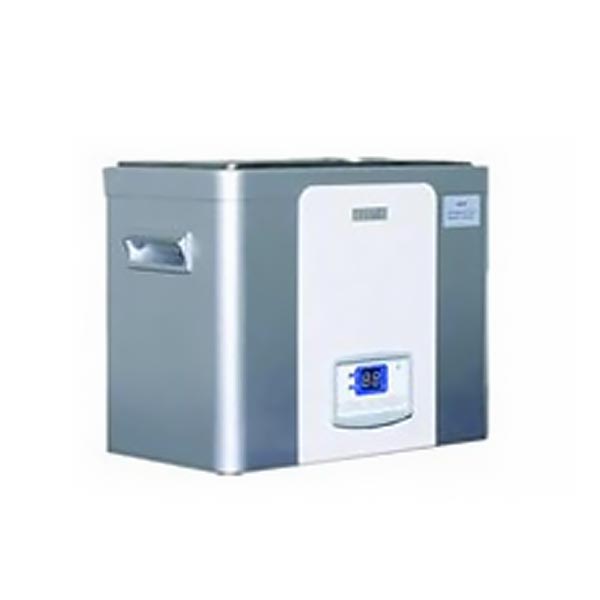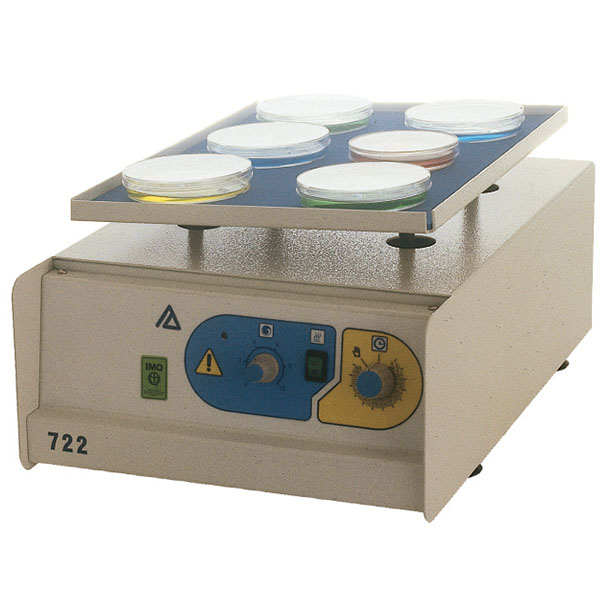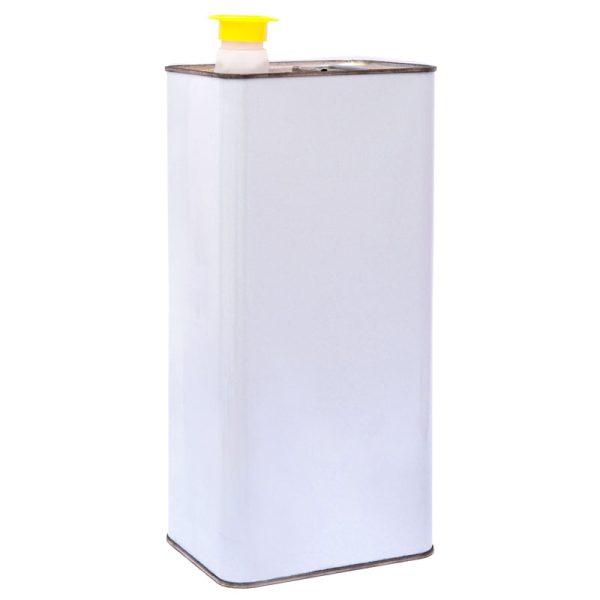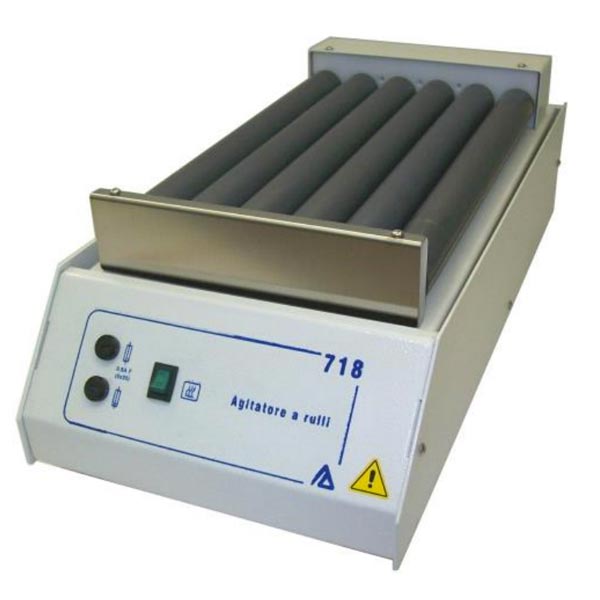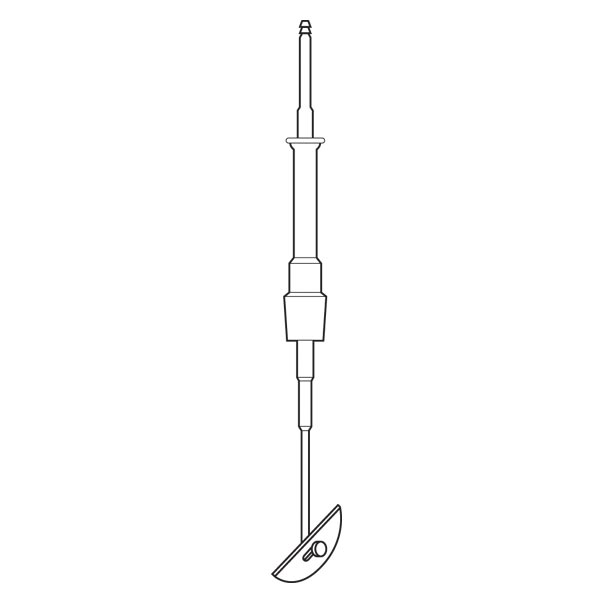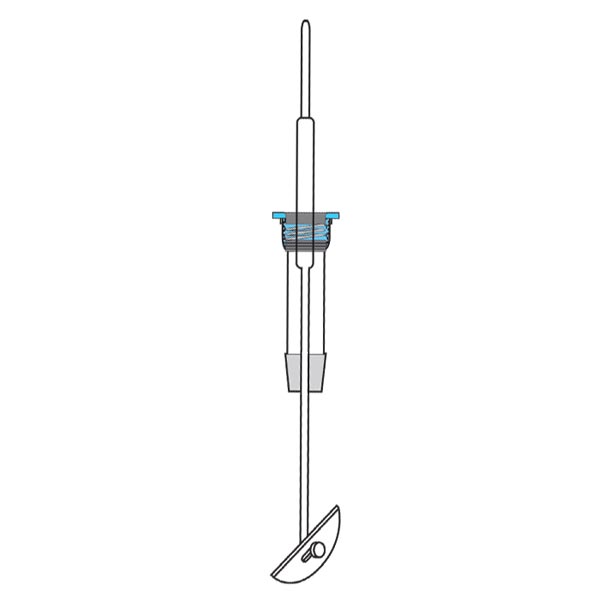In chemistry, laboratory instruments are used to carry out analyses and preparations, performed with different chemical substances, either singly or mixed together.
The instruments that are used are many and specialised for different purposes:
Laboratory tools for mixing, stirring
.
One of the most common activities is to mix different substances. They can be liquids with each other, liquids with powders and all other types of substance.
The agitator is the typical tool for mixing more or less viscous liquids.
It can work mechanically like a blender with a wide choice of tools depending on the density to be mixed.
Or there are agitation tools that rely on electromagnetic fields, which are more suitable for liquids.
Don't forget the old, traditional laboratory tools with which matter is crushed to powder. Mortars of different materials are still used in the laboratory.
Separating
In contrast to mixing, in chemistry, it is often necessary to separate substances that are put together. Depending on the type of substance and the nature of the components, separation can be achieved by various processes:
- distillation
- drying
- extraction
- filtration
- centrifugation
- filtered separation
- evaporation
As you can see from this list, choosing the right laboratory instruments is crucial to achieving the goal of separation. You need to know the substances you are working with and the nature of the desired result.
Reactor, reaction
The reactor is that particular instrument used to carry out reactions determined by the nature of the different substances interacting with each other.
Reactors can work at different temperatures as well as under vacuum. The range of experiments carried out in the laboratory is as vast as the number of existing substances.
Measuring
Determining the exact quantities of a substance is the basis for determining the repeatability of an experiment. The instruments that perform this function are among the best known and most widely used in the laboratory:
- balances
- burettes
- cylinders
- densimeters
- materials
- phmeters
- refractometers
- spectrophotometers
.
These are the most widespread. There are many others specialising in particular measurements.
Thermal exchange
This category includes all instruments that heat directly - with a flame, or in a bain-marie - such as baths.
Some containers can also be heated in an oven at high or very high temperatures with muffles.
Transferring or processing substances
This category is a rather general one because it concerns containers used in the laboratory.
In many cases, however, substances must not only be collected but also treated in various ways. For this they can be used:
- Anse
- Beckers or glasses
- Bottles
- Capsules
- Cylinders
- Circulators
- Cuvettes
- Drums
- Balls
- Pipettes
- Tubes
- Sprinkles
- Watch mirrors
.
Almost all laboratory preparations can be carried out with these instruments.
Support and support
Even if they are not actual instruments, useful tools are used in the laboratory to operate the more complex ones.
All the different types of pliers and clamps are indispensable for manipulating instruments, perhaps in difficult environmental conditions.
The supports. tripods and various stands make it possible to assemble even complex structures.
Other instruments
Outside these main categories, however, there are a number of product families that do not fit neatly into the proposed subdivision.
This is the case, for example, with microscopes, instruments with high-magnification functions that are familiar to everyone.
Or all those products intended for the safety of both instruments and the operator.



